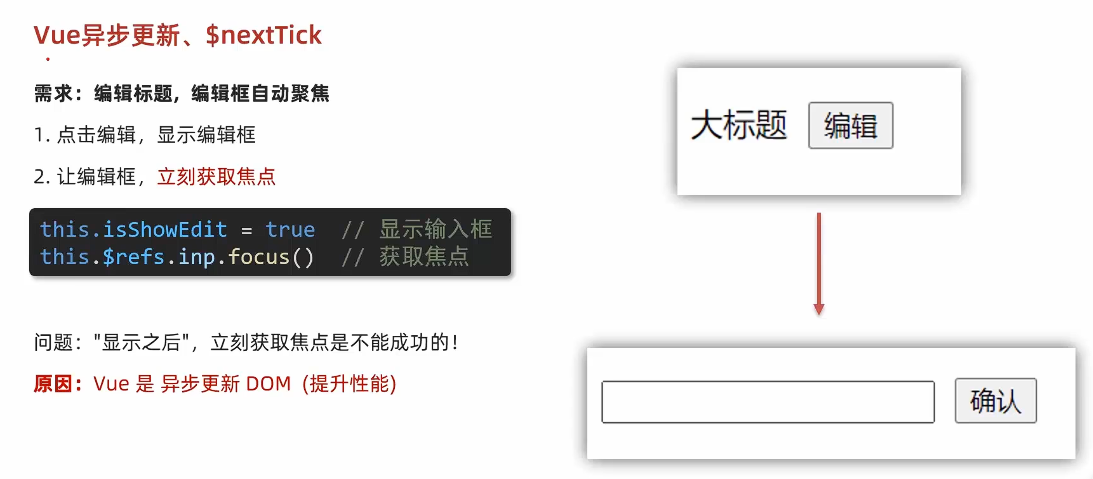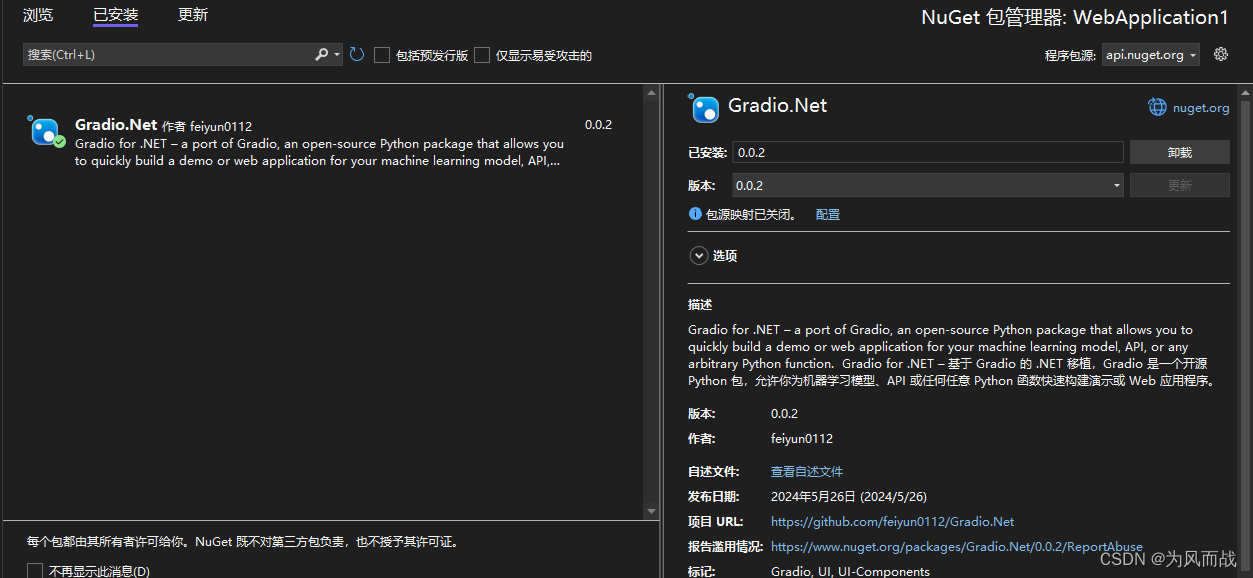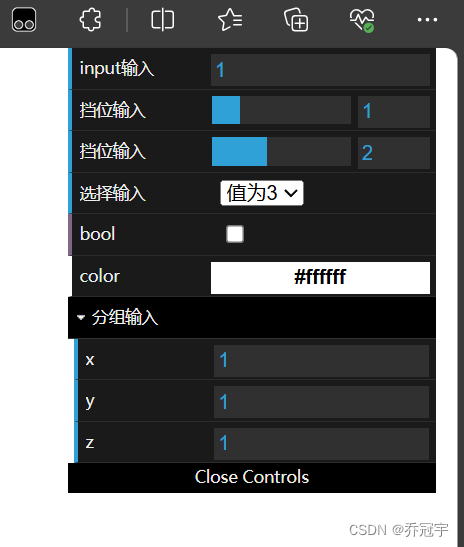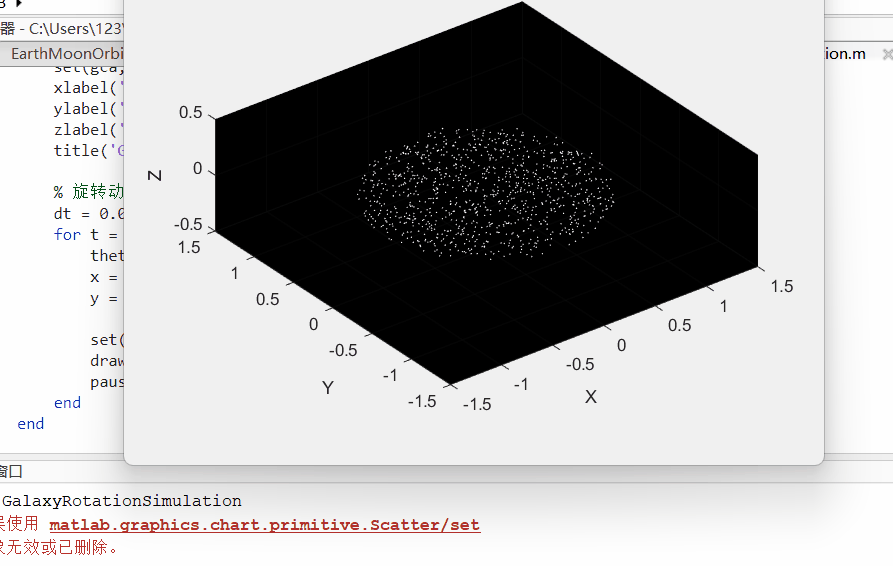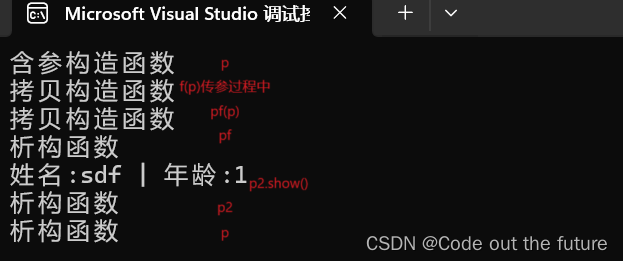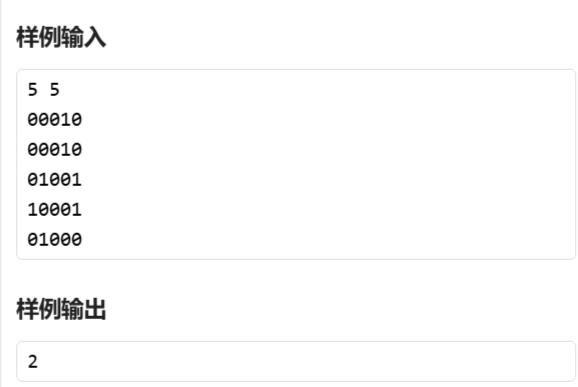
人不走空
🌈个人主页:人不走空
💖系列专栏:算法专题
⏰诗词歌赋:斯是陋室,惟吾德馨


目录
🌈个人主页:人不走空
💖系列专栏:算法专题
⏰诗词歌赋:斯是陋室,惟吾德馨
概述:
关键概念:
使用案例 :
摘要:
作者其他作品:
概述:
Java Stream API 有助于处理元素序列,提供过滤、映射和减少等操作。流可用于以声明方式执行操作,类似于对数据的类似 SQL 的操作
关键概念:
流:支持顺序和并行聚合操作的元素序列
中间操作:返回另一个流且延迟的操作(例如,filter、map)
码头运营:产生结果或副作用且不懒惰的操作(例如,collect、forEach)
示例场景:
假设我们有一个 Person 对象列表,并且我们希望使用 Stream API 对该列表执行各种操作
<span style="color:var(--syntax-text-color)"><span style="color:var(--syntax-text-color)"><code>public class Person {
private String name;
private int age;
private String city;
public Person(String name, int age, String city) {
this.name = name;
this.age = age;
this.city = city;
}
public String getName() {
return name;
}
public int getAge() {
return age;
}
public String getCity() {
return city;
}
@Override
public String toString() {
return "Person{name='" + name + "', age=" + age + ", city='" + city + "'}";
}
}
</code></span></span>使用案例 :
- 滤波
- 映射
- 收集
- 减少
- 平面映射
- 排序
- 查找和匹配
- 统计学
滤波:过滤允许您选择与给定条件匹配的元素
<span style="color:var(--syntax-text-color)"><span style="color:var(--syntax-text-color)"><code>import java.util.Arrays;
import java.util.List;
import java.util.stream.Collectors;
public class Main {
public static void main(String[] args) {
List<Person> people = Arrays.asList(
new Person("Alice", 30, "New York"),
new Person("Bob", 20, "Los Angeles"),
new Person("Charlie", 25, "New York"),
new Person("David", 40, "Chicago")
);
// Filter people older than 25
List<Person> filteredPeople = people.stream().filter(person -> person.getAge() > 25) .collect(Collectors.toList());
filteredPeople.forEach(System.out::println);
}
}
</code></span></span>映射:映射使用函数将每个元素转换为另一种形式
<span style="color:var(--syntax-text-color)"><span style="color:var(--syntax-text-color)"><code>public class Main {
public static void main(String[] args) {
List<Person> people = Arrays.asList(
new Person("Alice", 30, "New York"),
new Person("Bob", 20, "Los Angeles"),
new Person("Charlie", 25, "New York"),
new Person("David", 40, "Chicago")
);
// Get list of names
List<String> names = people.stream()
.map(Person::getName)
.collect(Collectors.toList());
names.forEach(System.out::println);
}
}
</code></span></span>收集:收集将流的元素收集到集合或其他数据结构中
<span style="color:var(--syntax-text-color)"><span style="color:var(--syntax-text-color)"><code>public class Main {
public static void main(String[] args) {
List<Person> people = Arrays.asList(
new Person("Alice", 30, "New York"),
new Person("Bob", 20, "Los Angeles"),
new Person("Charlie", 25, "New York"),
new Person("David", 40, "Chicago")
);
// Collect names into a set
Set<String> uniqueCities = people.stream()
.map(Person::getCity).collect(Collectors.toSet());
uniqueCities.forEach(System.out::println);
}
}
</code></span></span>减少:Reducing 使用关联累积函数对流的元素执行 Reduction 并返回 Optional
<span style="color:var(--syntax-text-color)"><span style="color:var(--syntax-text-color)"><code>public class Main {
public static void main(String[] args) {
List<Person> people = Arrays.asList(
new Person("Alice", 30, "New York"),
new Person("Bob", 20, "Los Angeles"),
new Person("Charlie", 25, "New York"),
new Person("David", 40, "Chicago")
);
// Sum of ages
int totalAge = people.stream()
.map(Person::getAge).reduce(0, Integer::sum);
System.out.println("Total Age: " + totalAge);
}
}
</code></span></span>平面映射 :FlatMapping 将嵌套结构展平到单个流中。
<span style="color:var(--syntax-text-color)"><span style="color:var(--syntax-text-color)"><code>public class Main {
public static void main(String[] args) {
List<List<String>> namesNested = Arrays.asList(
Arrays.asList("John", "Doe"),
Arrays.asList("Jane", "Smith"),
Arrays.asList("Peter", "Parker")
);
List<String> namesFlat = namesNested.stream()
.flatMap(List::stream).collect(Collectors.toList());
namesFlat.forEach(System.out::println);
}
}
</code></span></span>排序:排序允许您对流的元素进行排序
<span style="color:var(--syntax-text-color)"><span style="color:var(--syntax-text-color)"><code>public class Main {
public static void main(String[] args) {
List<Person> people = Arrays.asList(
new Person("Alice", 30, "New York"),
new Person("Bob", 20, "Los Angeles"),
new Person("Charlie", 25, "New York"),
new Person("David", 40, "Chicago")
);
// Sort by age
List<Person> sortedPeople = people.stream()
.sorted(Comparator.comparing(Person::getAge))
.collect(Collectors.toList());
sortedPeople.forEach(System.out::println);
}
}
</code></span></span>查找和匹配:
查找和匹配操作检查流的元素,看看它们是否与给定的谓词匹配
<span style="color:var(--syntax-text-color)"><span style="color:var(--syntax-text-color)"><code>public class Main {
public static void main(String[] args) {
List<Person> people = Arrays.asList(
new Person("Alice", 30, "New York"),
new Person("Bob", 20, "Los Angeles"),
new Person("Charlie", 25, "New York"),
new Person("David", 40, "Chicago")
);
// Find any person living in New York
Optional<Person> personInNY = people.stream()
.filter(person -> "NewYork".equals(person.getCity())).findAny();
personInNY.ifPresent(System.out::println);
// Check if all people are older than 18
boolean allAdults = people.stream()
.allMatch(person -> person.getAge() > 18);
System.out.println("All adults: " + allAdults);
}
}
</code></span></span>统计学:Stream API 还可用于执行各种统计操作,例如计数、平均等。
<span style="color:var(--syntax-text-color)"><span style="color:var(--syntax-text-color)"><code>public class Main {
public static void main(String[] args) {
List<Person> people = Arrays.asList(
new Person("Alice", 30, "New York"),
new Person("Bob", 20, "Los Angeles"),
new Person("Charlie", 25, "New York"),
new Person("David", 40, "Chicago")
);
// Count number of people
long count = people.stream().count();
System.out.println("Number of people: " + count);
// Calculate average age
Double averageAge = people.stream()
.collect(Collectors.averagingInt(Person::getAge));
System.out.println("Average Age: " + averageAge);
}
}
</code></span></span>实际示例:
这是一个使用上述几个功能的综合示例:
<span style="color:var(--syntax-text-color)"><span style="color:var(--syntax-text-color)"><code>import java.util.*;
import java.util.stream.*;
public class Main {
public static void main(String[] args) {
List<Person> people = Arrays.asList(
new Person("Alice", 30, "New York"),
new Person("Bob", 20, "Los Angeles"),
new Person("Charlie", 25, "New York"),
new Person("David", 40, "Chicago")
);
// Filter, map, sort, and collect
List<String> names = people.stream()
.filter(person -> person.getAge() > 20)
.map(Person::getName)
.sorted()
.collect(Collectors.toList());
names.forEach(System.out::println);
// Find the oldest person
Optional<Person> oldestPerson = people.stream()
.max(Comparator.comparing(Person::getAge));
oldestPerson.ifPresent(person -> System.out.println("Oldest Person: " + person));
// Group by city
Map<String, List<Person>> peopleByCity = people.stream()
.collect(Collectors.groupingBy(Person::getCity));
peopleByCity.forEach((city, peopleInCity) -> {
System.out.println("People in " + city + ": " + peopleInCity);
});
// Calculate total and average age
IntSummaryStatistics ageStatistics = people.stream()
.collect(Collectors.summarizingInt(Person::getAge));
System.out.println("Total Age: " + ageStatistics.getSum());
System.out.println("Average Age: " + ageStatistics.getAverage());
}
}
</code></span></span>摘要:
Java Stream API 是用于处理集合和数据的强大工具。它允许:
滤波:根据条件选择元素
映射:转换元素
收集:将元素收集到集合或其他数据结构中
减少:将元素组合成一个结果。
平面映射:展平嵌套结构。
排序:Order 元素。
查找和匹配:根据条件检查元素。
统计学:执行统计操作。
了解这些功能将帮助您编写更简洁、更简洁、更易读的代码。
作者其他作品:
【Java】Spring循环依赖:原因与解决方法
OpenAI Sora来了,视频生成领域的GPT-4时代来了
[Java·算法·简单] LeetCode 14. 最长公共前缀 详细解读
【Java】深入理解Java中的static关键字
[Java·算法·简单] LeetCode 28. 找出字a符串中第一个匹配项的下标 详细解读
了解 Java 中的 AtomicInteger 类
算法题 — 整数转二进制,查找其中1的数量
深入理解MySQL事务特性:保证数据完整性与一致性
Java企业应用软件系统架构演变史
